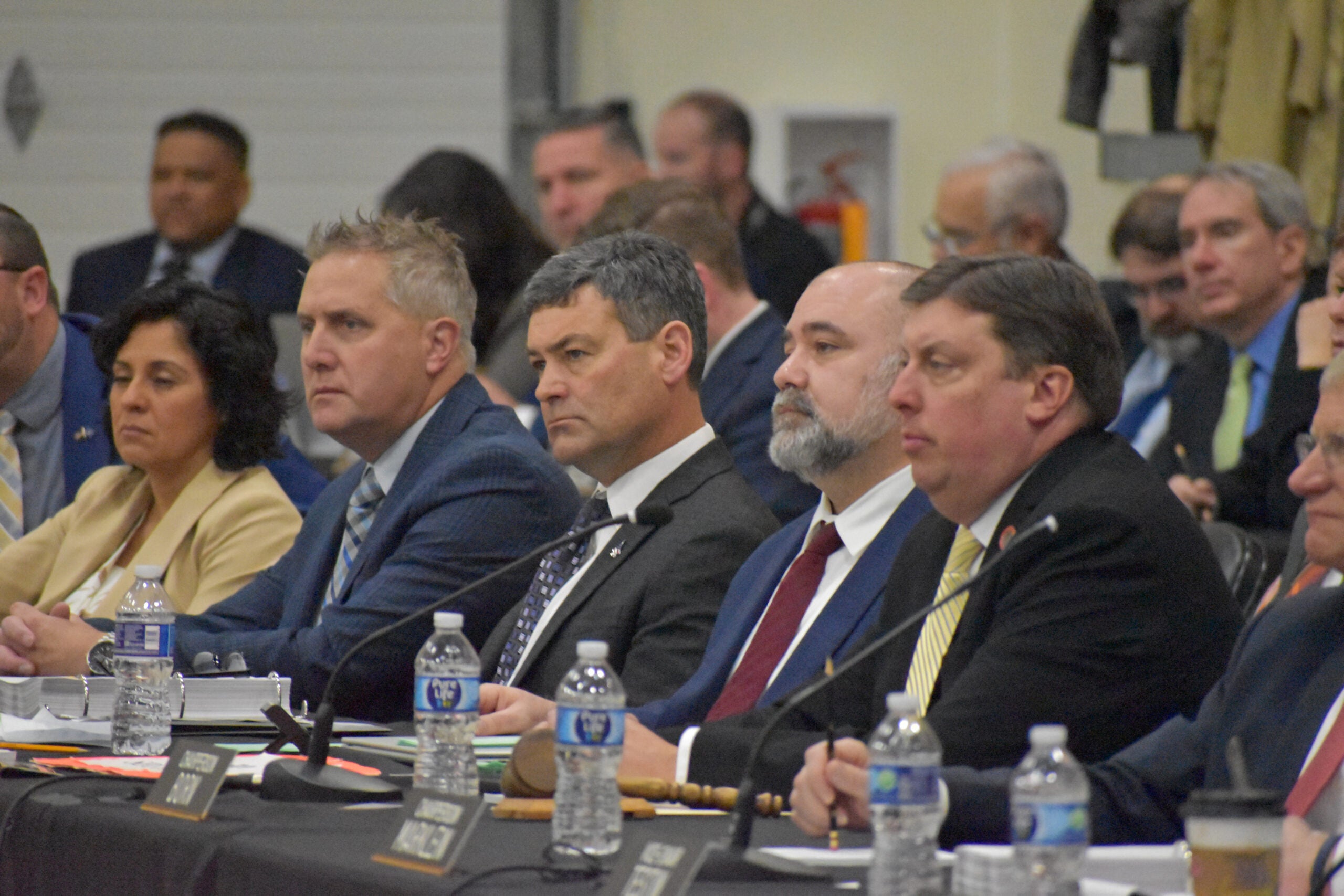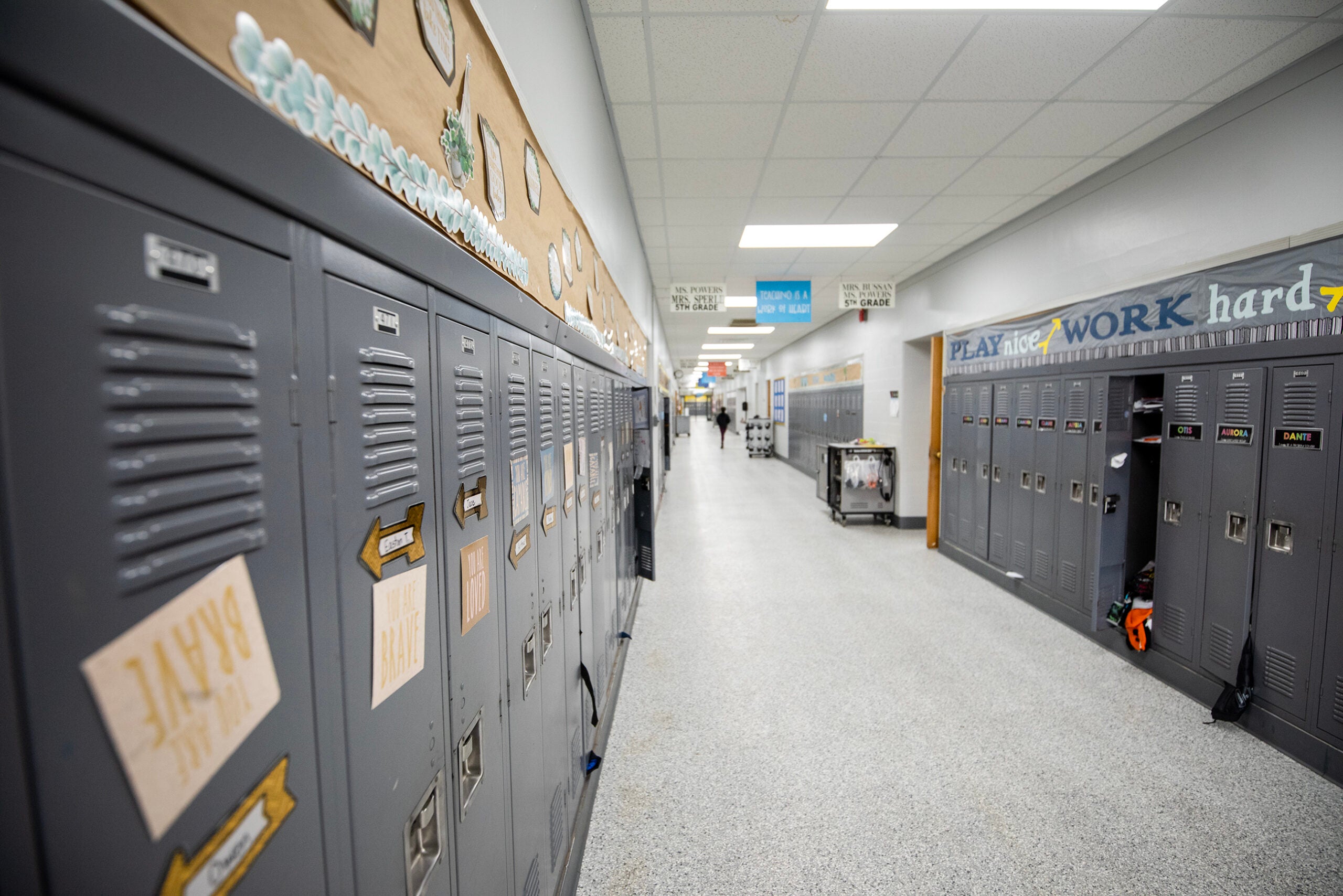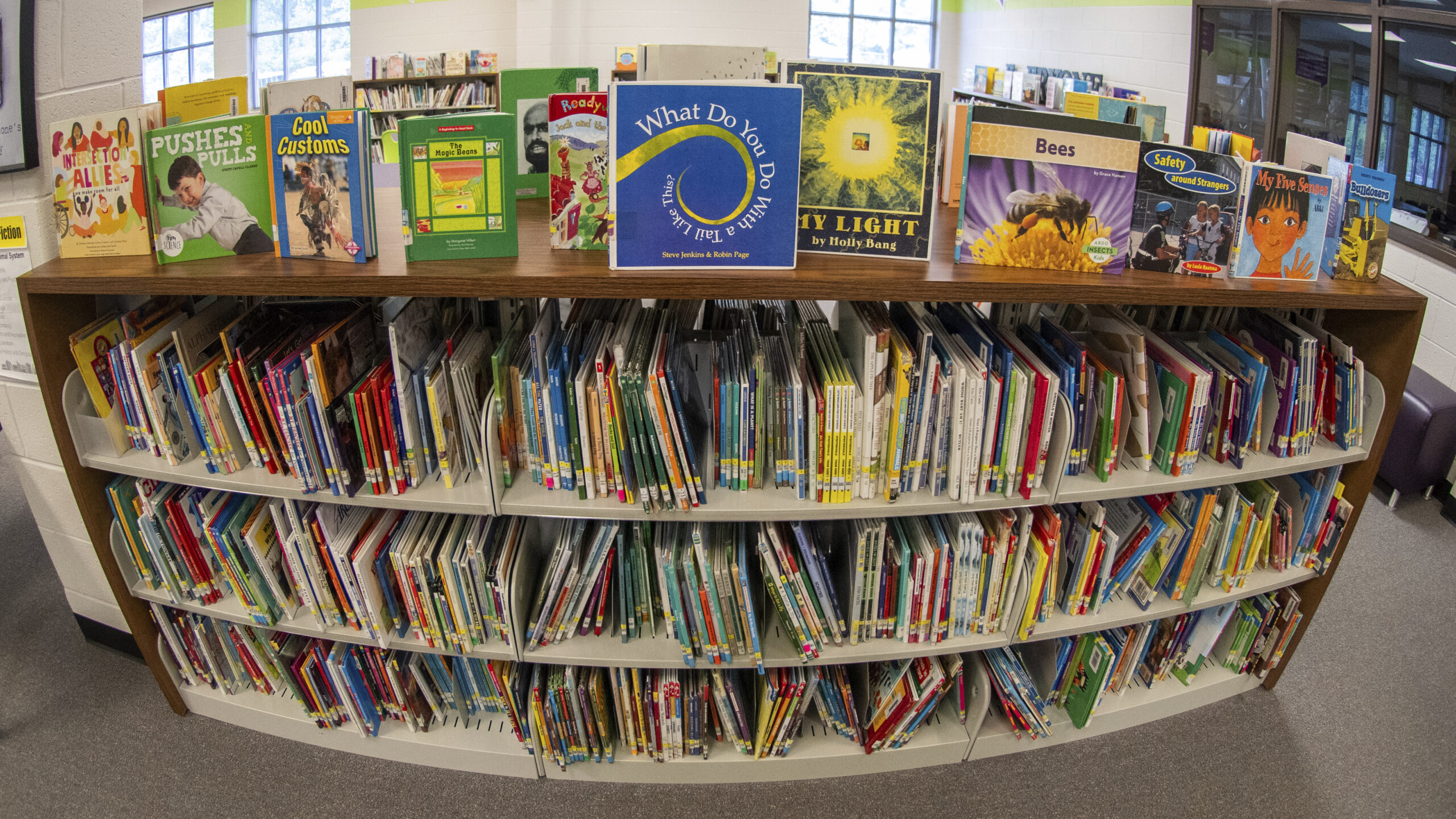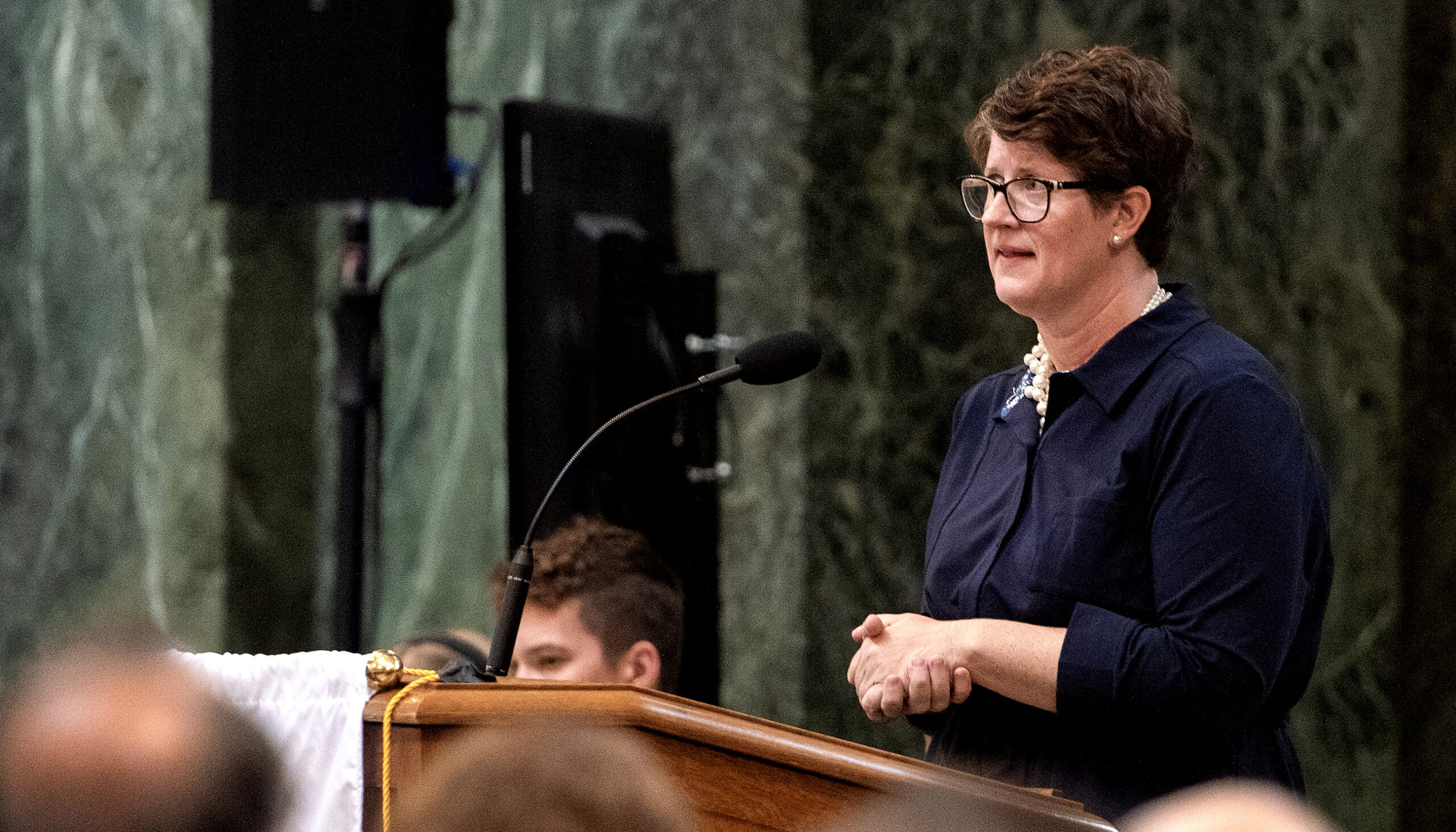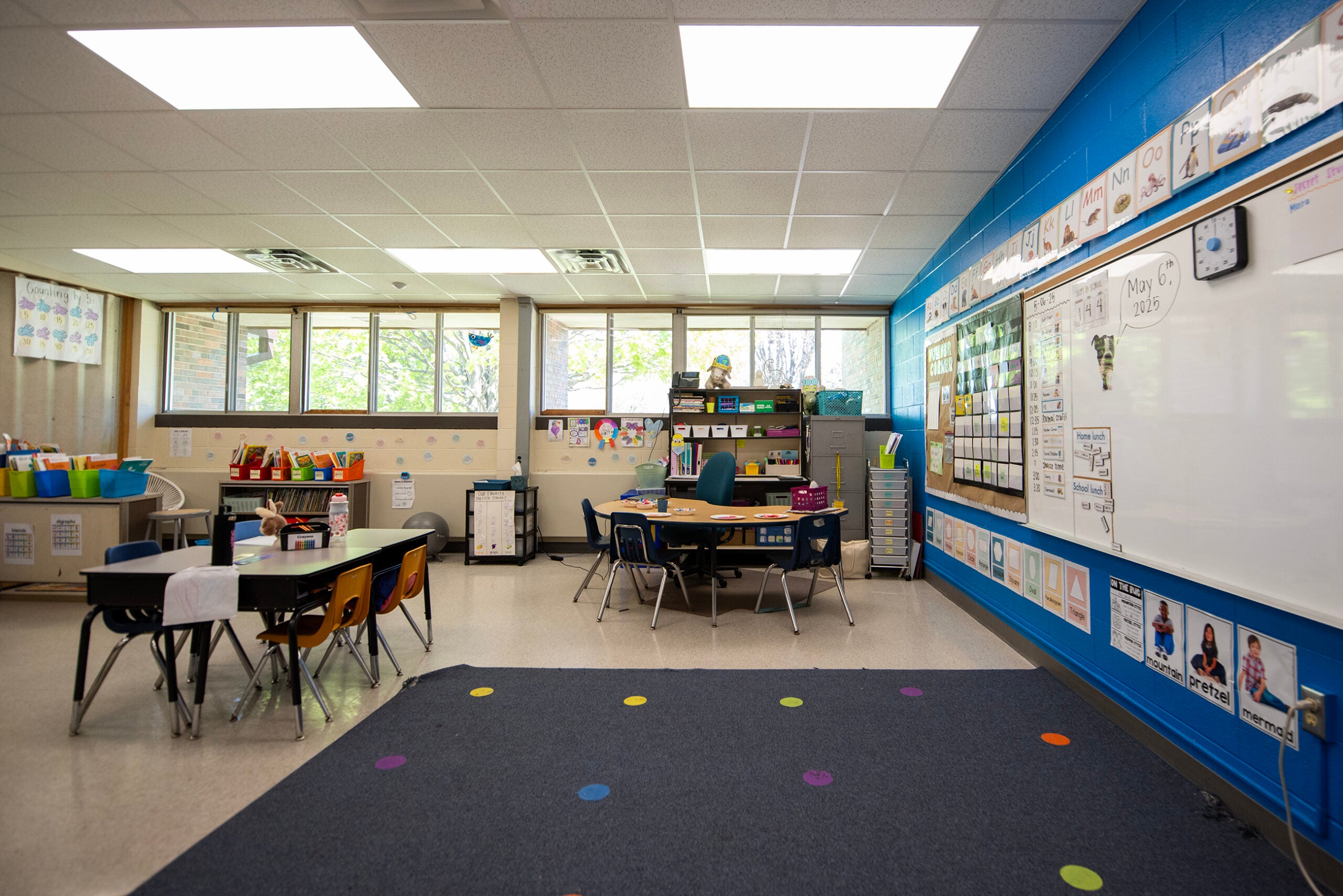The state superintendent and education officials in northeast Wisconsin are calling on the Republican-controlled Legislature to boost funding to K-12 schools in the next two-year state budget.
State Superintendent Jill Underly, as well as school district leaders from Green Bay, Hortonville and Howard-Suamico, attended a budget listening session Wednesday at Kaukauna High School.
The public hearing was the first of this budget cycle, held by the Legislature’s powerful Joint Finance Committee. Gov. Tony Evers proposed a nearly $119 billion two-year state budget last month. Republicans have said they plan to throw out the governor’s plan, as they have in previous budget cycles.
News with a little more humanity
WPR’s “Wisconsin Today” newsletter keeps you connected to the state you love without feeling overwhelmed. No paywall. No agenda. No corporate filter.
About 20 minutes before Wednesday’s hearing, Underly, who won reelection Tuesday night, expressed support for Evers’ education budget proposal, which includes a $3.15 billion increase in K-12 spending over the next two years. She told reporters the proposal is “focused on the real needs of Wisconsin students” and called on the Legislature to prioritize schools.
Underly said local school districts were supposed to use up the last of their federal COVID-19 relief earlier in the school year, which has left many staring down a “fiscal cliff.”
“Wisconsin school districts have routinely been left off the budget,” she said. “We have not received inflationary increases for the past 15 years. That’s why you’re seeing such a large number of referendums.”
But state Sen. Howard Marklein, R-Spring Green, told reporters before the hearing that the finance committee was only beginning the budget process and hasn’t agreed to “anything real substantive.” He said those decisions likely won’t come for months.
Republican lawmakers are also waiting on a state Supreme Court decision on a case challenging Evers’ use of a partial veto in the last budget to extend school funding for 400 years. Justices of both partisan leanings expressed skepticism about the veto during oral arguments last October at the state Supreme Court.
“That needs to get resolved, I think, first, before we’re going to make any huge budget decisions,” Marklein said.

Green Bay school leader: ‘We can’t cut any more without negatively impacting our students’
Two of the top officials in the Green Bay Area Public School District also called on the Legislature to boost K-12 funding.
Superintendent Vicki Bayer told lawmakers the district has tried to support regional economic development through youth apprenticeship programs, which saw a 38 percent increase in participation this past year. But she said the district cannot afford to expand youth apprenticeship due to a budget deficit.
She said the Green Bay School Board has spent more than 30 years being “fiscally responsible,” including by making decisions to close district buildings and reduce administrative staff.
“We can’t cut anymore without negatively impacting our students,” Bayer said.
One of the reasons for the deficit, she said, is because the district must shift $35 million from regular funds to support special education programs, which are seeing rising need. She said the current state reimbursement rate for special education is about 30 percent and isn’t cutting it anymore.
“It’s the right thing to support those kids, but it’s expensive and we need support,” she said. “We support the governor’s recommendation for public school funding.”
Evers’ budget plan includes $1.1 billion in special education aid funding to support increasing the state reimbursement rate to 60 percent.
School Board President Laura McCoy said voters in the Green Bay school district just approved a referendum in 2024, the third in eight years. She said the district expects to go to referendum again next year.
“Funding public education by referendum is no way to educate our future generations,” she said. “Districts around this state are begging for change. Please listen to them.”

Howard-Suamico, Hortonville school leaders testify
Howard-Suamico School Board President Greg Klimek and Hortonville School District Administrator Todd Timm also testified to lawmakers and advocated for more state support.
Klimek said the Howard-Suamico School District has operated with “significantly less funding than most school districts” since Wisconsin passed a law in the 1990s limiting the amount of revenue districts can generate through state aid and property tax.
He said the district faces “significant challenges” retaining top talent and providing a modern learning experience. He called on lawmakers to boost special education reimbursement to 60 percent in both years covered under the next budget.
“Each 1 percent increase [in] reimbursement would provide approximately $100,000 in additional funding for the Howard-Suamico School District,” he said. “We ask you for partnership in creating a fair funding model for Wisconsin students. Their future and ours depend on it.”
Likewise, Timm said the current roughly 30 percent special education reimbursement rate is “not enough to meet the needs” of students in the Hortonville School District.
“We have more and more students that require services,” he said. “We appreciate the Legislature’s support for our districts, but we do have additional needs.”
If the Legislature cannot boost special education funding, Timm asked lawmakers to consider an increase in per-student aid that accounts for rising costs.
Wisconsin Public Radio, © Copyright 2025, Board of Regents of the University of Wisconsin System and Wisconsin Educational Communications Board.

